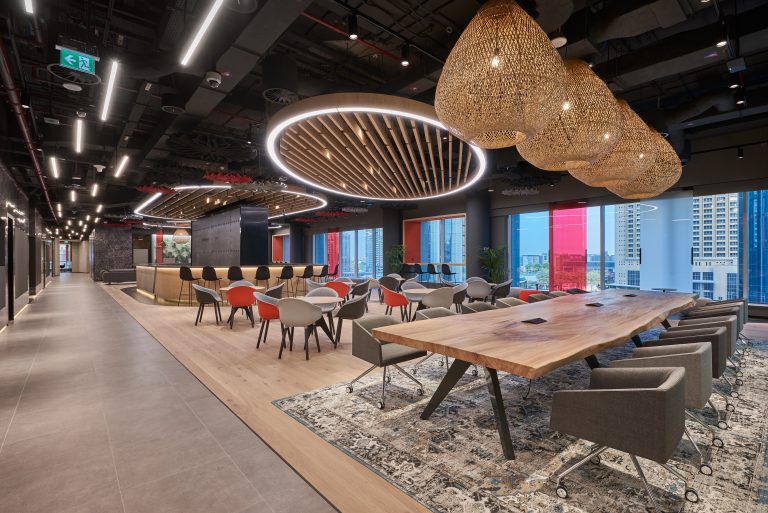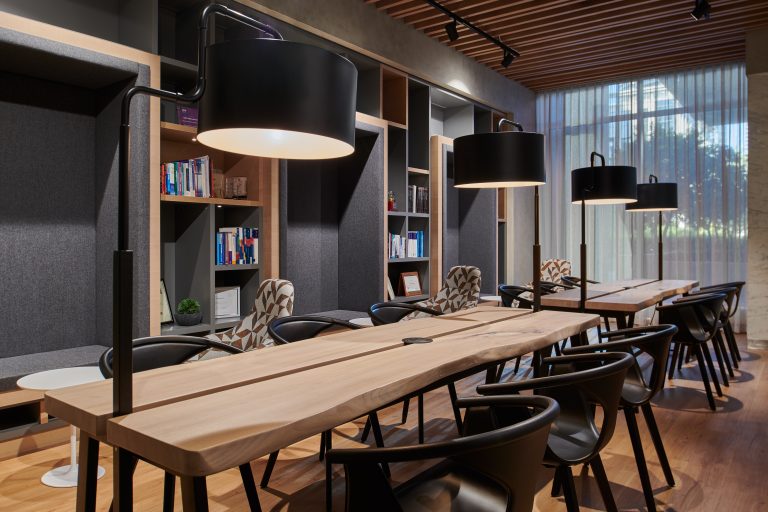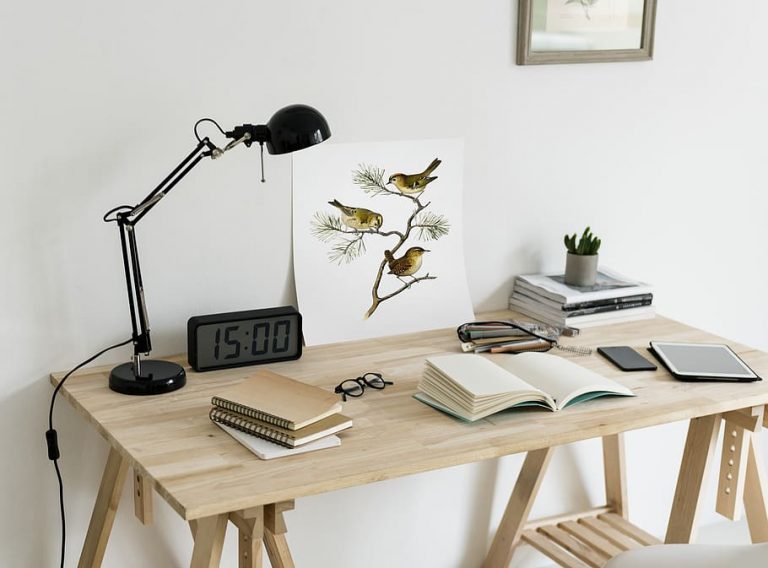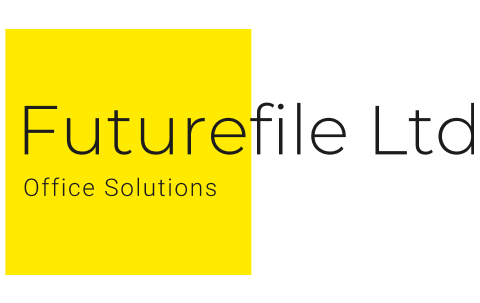
If you are like me and have never given much thought to office lighting, other than observing a nice light fitting or moaning that you cannot see what you are trying to read (or maybe it’s just my eyesight) you may want to think again.
Whilst researching this subject I have realised there is a lot more to lighting than just a nice light fitting!
Like a lot of things in the office, I have discovered, lighting too can effect mood, energy levels and the productivity of your team. You need to ensure that your lighting helps your employees to be energised, creative and alert. This can be done by choosing the right illumination for the tasks being carried out by your team.
These are the recommended Lux strengths:
- 500 Lux minimum per square metre for office work and meeting rooms
- 750 Lux minimum for people who create technical drawings
- 300 Lux minimum for reception areas
- 200 Lux minimum for cafe areas

Unlike the light we use in our homes, which creates a warm and cosy feel, offices need a neutral to cool white light with the correct amount of Lux to prevent unnecessary eye strain. If light is too bright it can also cause headaches and migraines and disrupt the body’s natural circadian rhythms.
When choosing the right lighting for your office you should consider the following:
- Do staff currently have issues with eyestrain?
- Is glare a factor at any of the workstations?
- How much existing natural light is there?
- What improvements can be made to already existing lighting?

If you do not have much natural light choose lighting that mimics the colour and temperature of natural light.
There are a few different options you could look at for lighting your office environment. There is the obvious overhead strip lighting, where you want to use LED lightbulbs, as they are more energy efficient. But as well as this obvious lighting you could consider pendant lights to give a more stylish interior considered feel. Also, think about offering your staff desk lamps so that they can manage their own individual workspace lighting. Although don’t put your lamp too close to plastic as I found out when I burnt a hole in our printer at home!!!! In breakout areas you could try floor lamps to provide a more relaxed experience.
I hope this blog has helped shed some light on the topic of office lighting (sorry couldn’t help it!!!).
Debbie Wilson
